How long does an alignment take to complete?
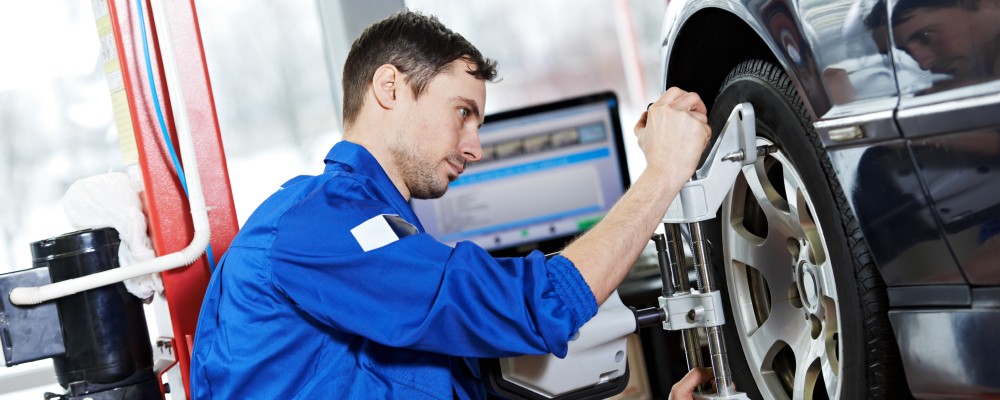
You might be wondering, how long does an alignment take? The wheel alignment procedure involves lining up your wheels with the central axis of your vehicle. It can enhance your car’s traction, handling, steering, and other crucial mechanical operations.
Tire alignment is one of the most fundamental and practical maintenance procedures for a car or truck. A bad alignment will strain the vehicle’s wheel and other components and reduce the vehicle’s performance. Your car will run best and be safe if it has an accurate alignment.
The wheel alignment will take roughly 1 hour to complete.
Are you questioning how long the alignment is going to take? This process will vary from vehicle to vehicle and the severity of the alignment. Most alignment shops can all for tires aligned within one hour. This time is based if everything goes smooth.
You’ll need to account for the time going to the shop. Filling out a simple form for your approval to inspect the car’s alignment. Some tire shops that offer this service will have a wait time. This time will depend on the location and day. It doesn’t consider if they need to replace any suspension parts.
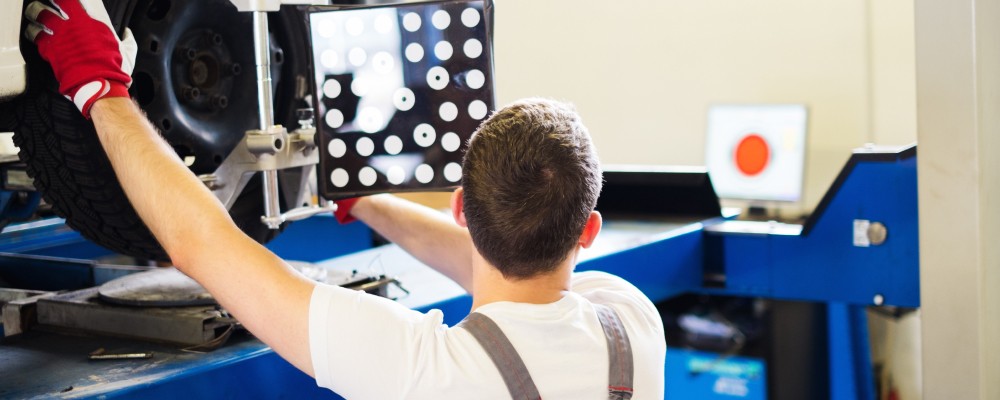
With everything being said. We’ve learned that you should aim for 3+ hours out of your day to complete this. Make sure to give yourself plenty of time. Something will most likely come up, causing a delay. When it comes to automotive maintenance, you’ll need to have patience.
Our recommendation, call the alignment shop and ask if they reserve a time slot for you. No one likes waiting in the lobby watching time flyby.
Locations you should consider getting the wheel alignment done.
You start by searching tire shops in your local area. It will give you some local options. Below are some big brands that offer this service that we’d recommend.
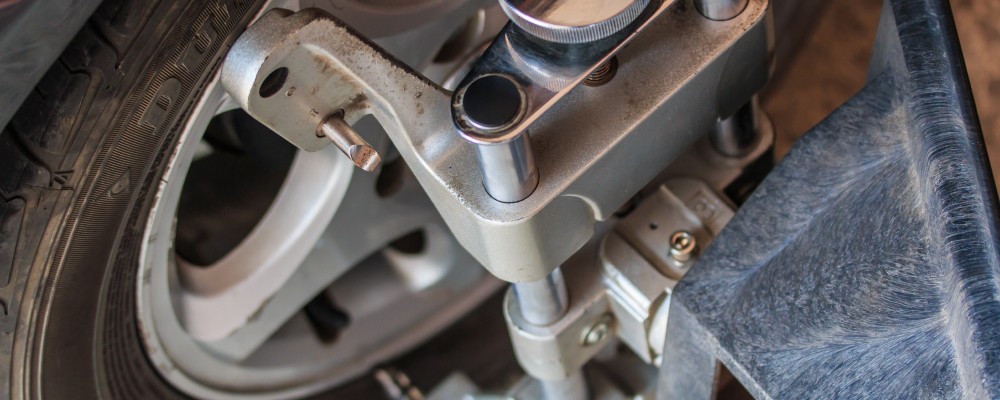
What is Wheel Alignment?
A wheel alignment or tire alignment is a service in which a qualified automotive specialist or auto repair shop modifies the angle of the wheels on your car. Hence, they meet the manufacturer’s requirements. Toe, camber, and caster are the three crucial measurements the mechanic will take and alter.
Toe
Your tires’ toe refers to their direction of rotation. Although it’s the most important component of your alignment, it’s also the simplest. Even with the regular, tiny modifications you make to the steering wheel when driving, a proper toe helps you maintain a straight line. In addition to assisting you in turning safely, proper toe also delays tire wear.
Toe In
Your tires are pointing inward toward one another when they are properly aligned.
Toe Out
Your tires are “toed out” when pointing away from one another.
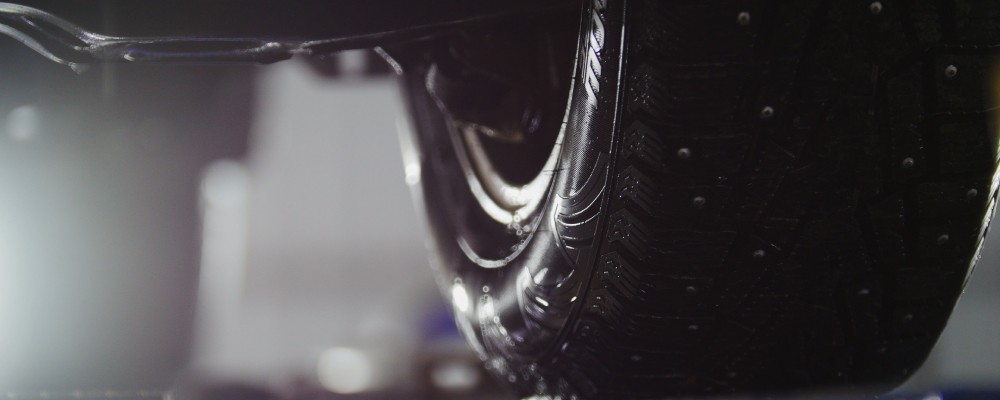
Camber
Your tires’ camber determines whether they lean in or out. The angle your tires are at concerning the road surface’s flat axis can be considered a camber. The outer or inner edges of your tires may wear out more quickly if the angle deviates from the manufacturer’s recommendations.
Positive Camber Angle
Positive camber denotes an outward, away-from-each-other inclination of the tires.
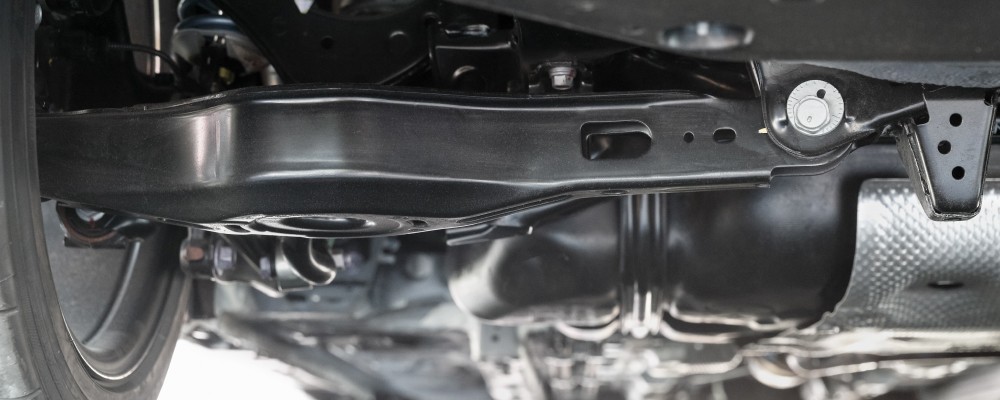
Negative Camber Angle
Tires that have negative camber slant inward and toward one another.
Increasing contact with the road makes the negative camber in the rear tires easier for the car to turn. However, too much negative camber makes the automobile difficult to steer and causes your tires to wear down excessively on the inside. The car will draw toward the positive side if one wheel is positive and the other is negative.
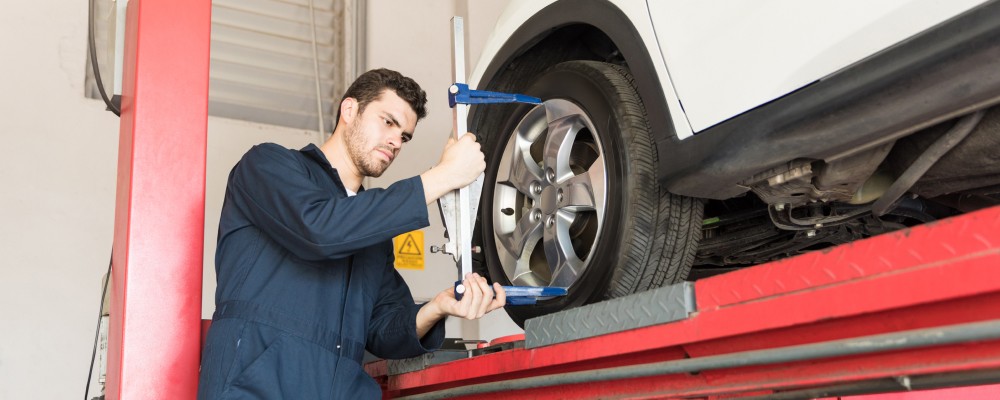
Caster
Caster refers to the front suspension’s or the steering axis’ angle. Caster influences steering but not tire wear in a vehicle.
Positive Caster
A positive caster denotes a slight inclination of the steering axis toward the vehicle’s rear. The position you want is this one. It aids in the steering wheel’s ability to regain its original position after being turned.
Negative Caster
If your car strikes something, it could have a negative casting effect. Your vehicle will veer to the less favorable side affecting the car’s performance.
Usually, you want your left and right caster angles to be equal or almost equivalent. It’s crucial to remember that even if you can’t see the tires at seemingly strange or improper angles, changes in fractions of an inch can still lead to component too much wear.
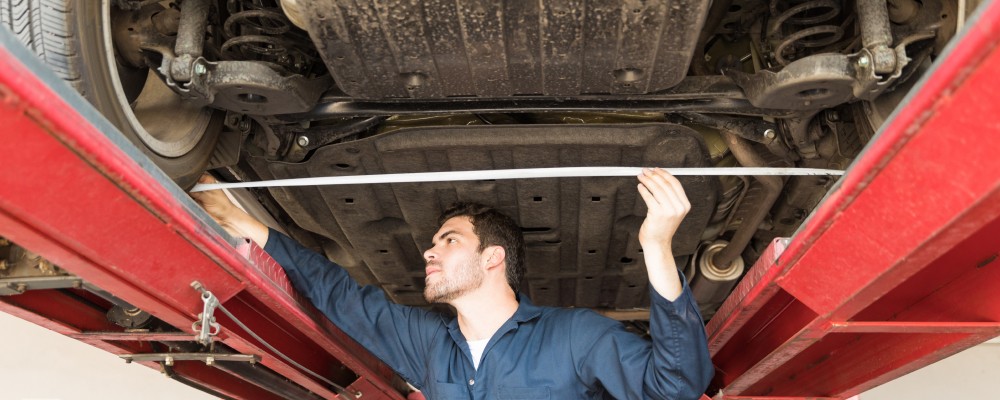
Three Angles in a Vehicle’s Wheel Alignment
Camber Angle
You should check that the car from the front of the camber is off. The misalignment of the ball joints and bearings frequently results in a camber that is out of alignment.
Toe Angle
From the top of cars, one can see the toe angles. The vehicle’s wheels must be adjusted if they are not aligned properly.
Caster Angle
From the side of the car, one can see these. They maintain the balance of the steering wheels. Negative caster wheels often bend toward the front, while positive caster wheels typically bend toward the driver.
A crucial aspect of keeping the car maintained is wheel alignment. Yet why? Uneven tire wear results from misaligned wheels, which also impact the wheel bearings and create instability and decreased vehicle handling.
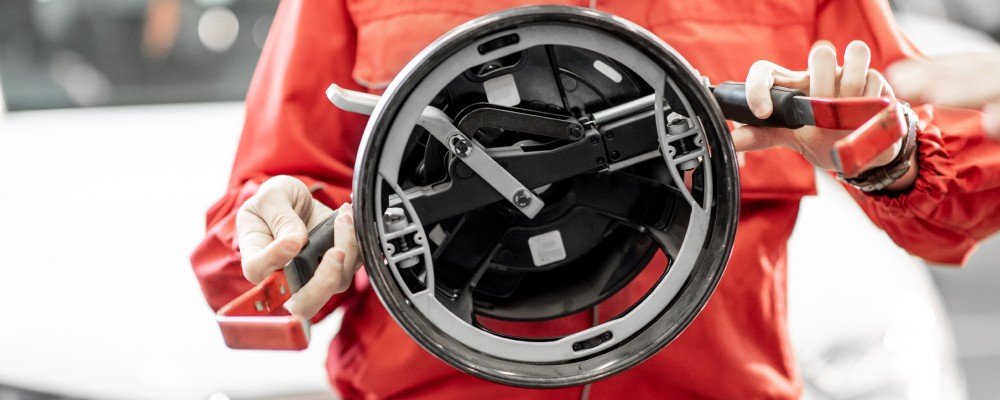
What are the signs that a car needs an alignment?
If your car shows any of the following signs, you should consider aligning your wheels.
The steering wheel is not aligned in the center.
An oddly tilted steering wheel may indicate a front-end rather than a four-wheel alignment. It means that only your front axle will need to be aligned. Even though this alignment technique is the easiest, it is no longer recommended for modern cars.
The thrust-angle and front-end alignment combinations are placed together during a four-wheel alignment. It is frequently done on all-wheel-drive and four-wheel-drive vehicles with easily changeable rear suspensions.
On the other hand, the thrust alignment combines a front-end alignment and a thrust alignment to align all the wheels. Vehicles with a solid rear axle may use this type of alignment.
Steering Wheel Vibration
Every time a car hits a pothole or even a curb, a misaligned wheel causes a vibration that can be difficult to control. If an imbalanced tire pushes in the opposite direction, the vibration could be caused by the unbalanced tires.
Crooked Steering Wheel
Along with a misaligned wheel, another indication that something is awry is a loose or slack steering wheel. You should be able to steer your vehicle by balance steering.
You should do a wheel alignment immediately if the tire movement is not changing considerably and controlling the wheel is difficult.
Uneven Tire Wear
Uneven tire wear is a common sign that your car needs adjusting. It is true because mismatched wheels lead to this problem.
Consequently, a comprehensive inspection is needed. You can frequently gauge the tread depth. Equal tread depths are a sign that the alignment is correct. However, irregular depth requires a wheel alignment inspection.
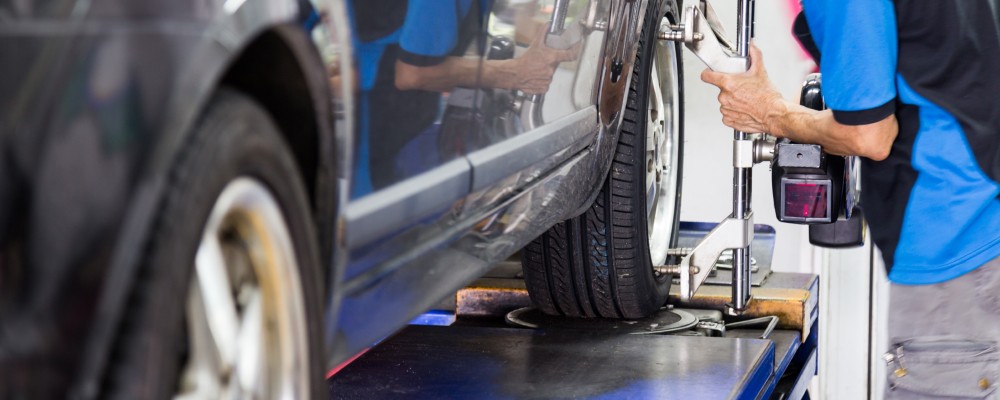
What takes place during an automotive alignment machine?
An expert mechanic using an alignment machine should carry out the wheel alignment.
The wheels of the car, which are lifted in the air, are attached to clamp-like mechanisms on more recent alignment machines, which connect to a computer to aid accurate readings. At this time, the mechanic will also check for excessive wear or damage to any suspension parts.
In essence, an alignment is aligning the wheels and axles of a vehicle so that they are traveling in the same direction. The mechanic modifies the suspension’s numerous toe, thrust, camber, and caster angles, which impact tire movement and position. The mechanic will also check the steering wheel’s alignment.

Two Wheel Alignment
Adjusting your vehicle’s caster and camber angles are known as two-wheel alignment. While camber measurements are done at right angles to this line, caster angle measurements are made from the ball joint centerline to a perpendicular line drawn through the centerline of your tire.
An auto mechanic will gauge the amount of toe-in or toe-out on each tire when they do this alignment. When following another car at a slow pace, a vehicle can move straight ahead by adjusting the steering assembly toe-in or toe-out.
If a four-wheel alignment is conducted, in which case some mechanics will test the bearings between the hub and its corresponding control arm, it is significant to note that these measurements are obtained from the steering wheel tires and not from the axle.
If your vehicle’s caster or camber has already been changed, this alignment may be finished in less than 30 minutes.

Four Wheel Alignment
We shall now talk about how long a four-wheel alignment takes. The overall time for this wheel alignment takes roughly 40 to 50 minutes. The steps in this process are as follows:
Step 1: The first step in a front-end wheel alignment is to measure the camber and caster of your car using various equipment, such as measuring tape, rods, etc.
Step 2: The second step of a front-end wheel alignment involves lifting your car with a large jack before moving on to the next stage. It is lifted off the ground and then aligned using a computerized wheel alignment machine.
Step 3: You might need to participate in this stage of the alignment procedure if more angles and points, such as toe-in, need to be measured. It would be best if you always looked at your owner’s manual
Step 4: Adjust the wheel alignment angles until they match the suggested wheel alignment points after receiving the reading from the wheel alignment machine.
Step 5: After making the necessary wheel alignment process, lower your car back to the ground and check all four tires using a bubble level.
Step 6: Tightening the nuts, bolts, and other brackets completes the alignment procedure. Your car is now ready for a test drive.
How does an alignment take?
You might want to ask, how long does an alignment take? Depending on the complexity of the suspension system and the number of changes required to attain the proper angles, wheel alignment should take anywhere from 30 minutes to an hour on average. It applies to vehicles with two wheels or four wheels. It excludes labor that repairing damaged suspension alignment service will take longer if any parts need to be replaced.
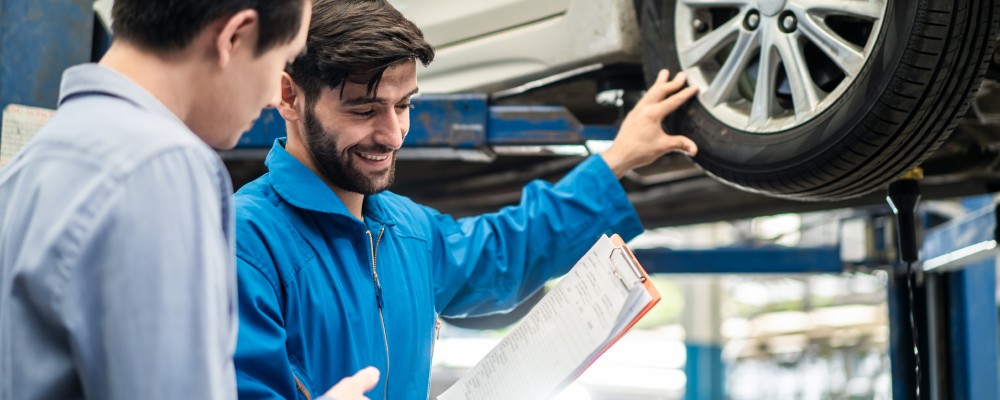
How much is it going to cost for alignment on a vehicle?
Compared to other repairs and upkeep, a car alignment is reasonably priced. Depending on your location and the type of car you drive, an extended warranty typically costs $200, and a single adjustment costs $75.
Multiple alignments could cost more than a single alignment with an extended warranty. Check the requirements to find out if you qualify for a free alignment.
Your mechanic is responsible for ensuring that your car’s suspension and tires are adjusted.
Many alignment businesses provide lifetime warranties. It is wise for car owners who intend to drive their cars for many years on unpaved roads.
Final Thoughts
In order to properly maintain your car, you should get the wheels aligned. If you do this before there are serious alignment issues, you will save spending a lot of money on repairs in the future. We advise you to have an experienced technician perform the wheel alignment.

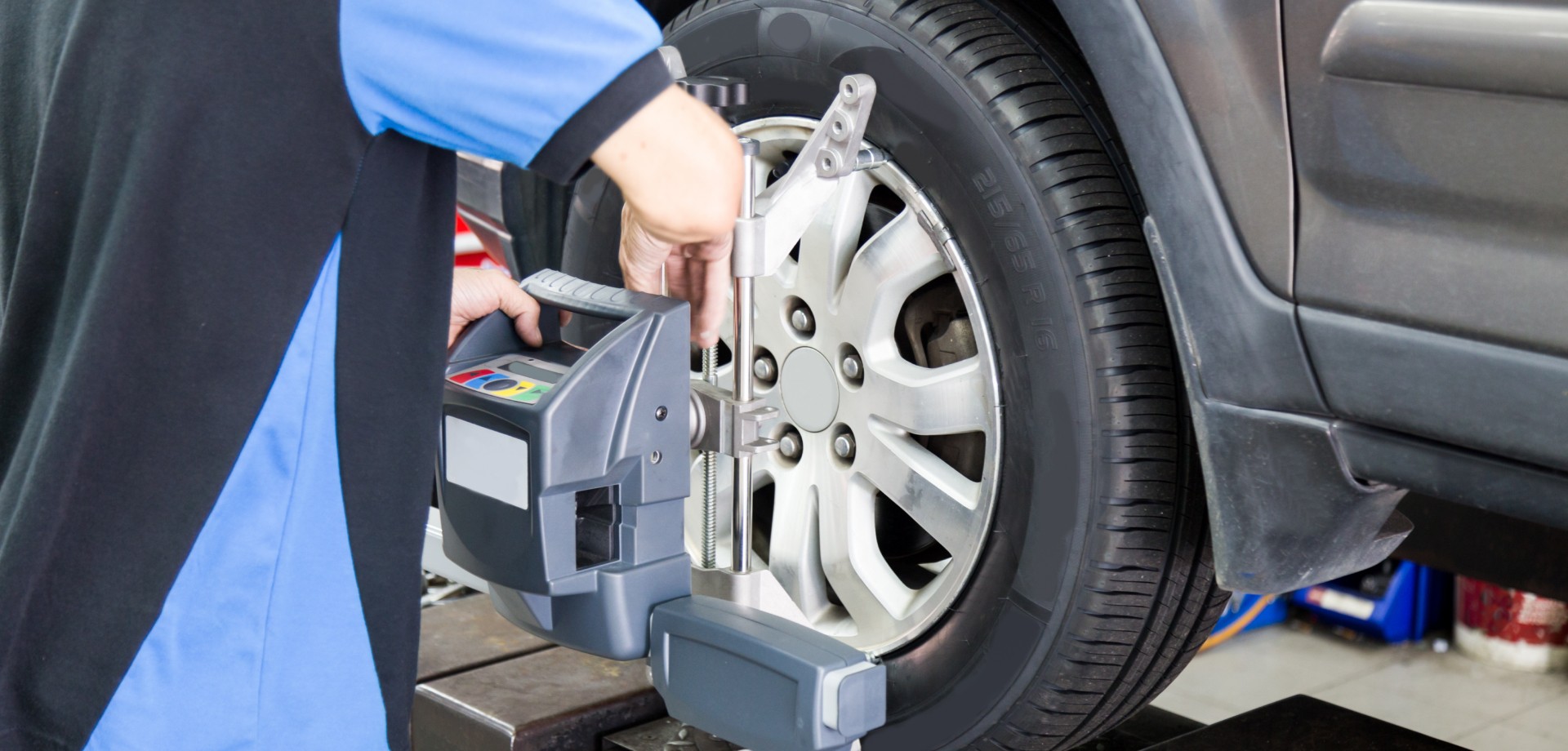



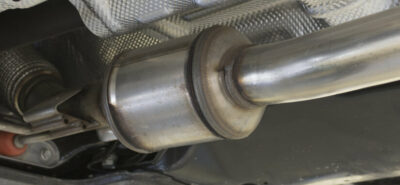
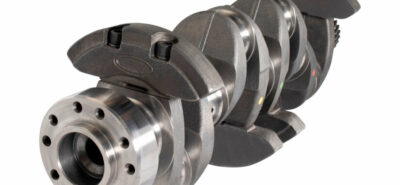
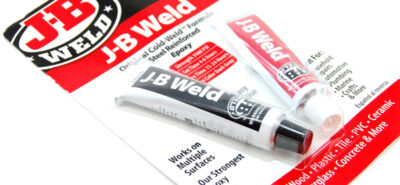
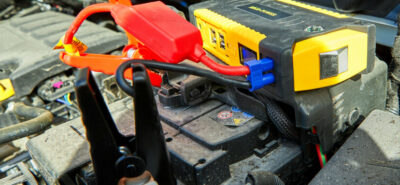

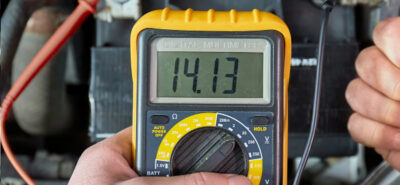

Leave a Reply